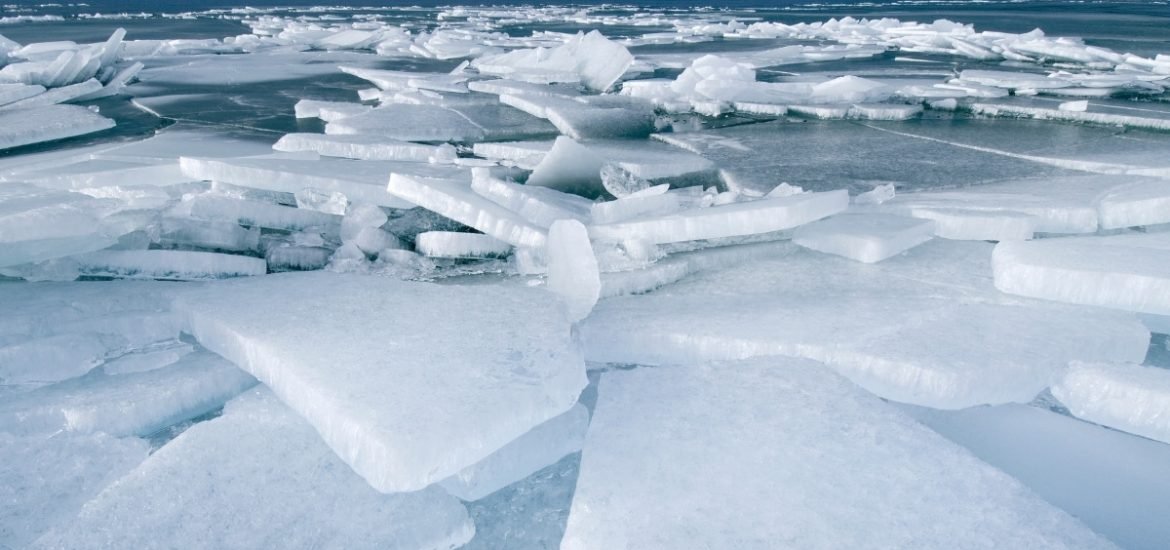
Satellite imagery has revealed a six-fold increase in the rate at which ice sheets are melting in Antarctica over the last 40 years, according to a study published on 14 January in Proceedings of the National Academy of Sciences (1). The increase has amounted an annual loss of 252 billion tonnes of ice in the year 2009 compared to 40 billion tonnes in 1979.
An international team of researchers from the US, the Netherlands, and France examined comprehensive satellite images of the ice pack from 1979 to 2017, along with outputs products from a regional atmospheric climate model to document the impact of polar melting on sea-level rise.
Over the past century, global sea levels have risen about 20 cm and the new findings suggest that this increased melting has resulted in 13.2 mm (half an inch) of this global sea level rise over the past four decades. Moreover, they found that increased melting in East Antarctica, and areas closest to warm, salty, subsurface water, has been a major contributor. These effects are only expected to increase as global warming pushes more warm salty water toward the glaciers.
The results are consistent with those of a study published in June 2018 in Nature (2), which reported an annual loss of 219 billion tonnes of ice each year from 2012 to 2017, contributing to nearly 8 mm of sea level rise. The latest estimates are slightly higher (around 15 per cent), however, and the discrepancies are mainly owing to an estimated loss of 51 billion tonnes of ice in East Antarctica that was not accounted for in last year’s estimates. Previous estimates, based on the work of several research teams, found little to no loss in East Antarctica recently and only gains in the past. Further research is still needed to reconcile these data.
Prof Michiel van den Broeke, a polar meteorologist from Utrecht University and co-author of the study told Reuters, “It’s extremely important to find out what is happening there.” Of particular concern is the rate at which ice is melting in East Antartica. If this area is melting more quickly and extensively than previously thought, as shown by the new study, this could mean sea levels will also increase more rapidly than previous estimates suggest.
Decades ago, the 1.9 trillion tonnes of snowfall a year ― which has remained relatively constant ― was able to balance out the melting ice and sinking glaciers. However, the increased melting owing to warm salty water around the edges of the Antarctic ice sheets has been “vigorously melts the ice shelves, reduces buttressing of the glaciers, and allows them to flow faster.”
The rate at which ice sheets are melting in Antarctica is expected to continue accelerating as a result of human-induced global warming. In a statement, Prof Eric Rignot, an Earth system scientist from the University of California, Irvine, who led the study wrote, “As the Antarctic ice sheet continues to melt away, we expect multi-metre sea level rise from Antarctica in the coming centuries.”
(1) Rignot, E. et al. Four decades of Antarctic Ice Sheet mass balance from 1979–2017. Proceedings of the National Academy of Sciences (2019). DOI: 10.1073/pnas.1812883116
(2) Shepherd, A. et al. Mass balance of the Antarctic Ice Sheet from 1992 to 2017. Nature (2018). DOI: 10.1038/s41586-018-0179-y